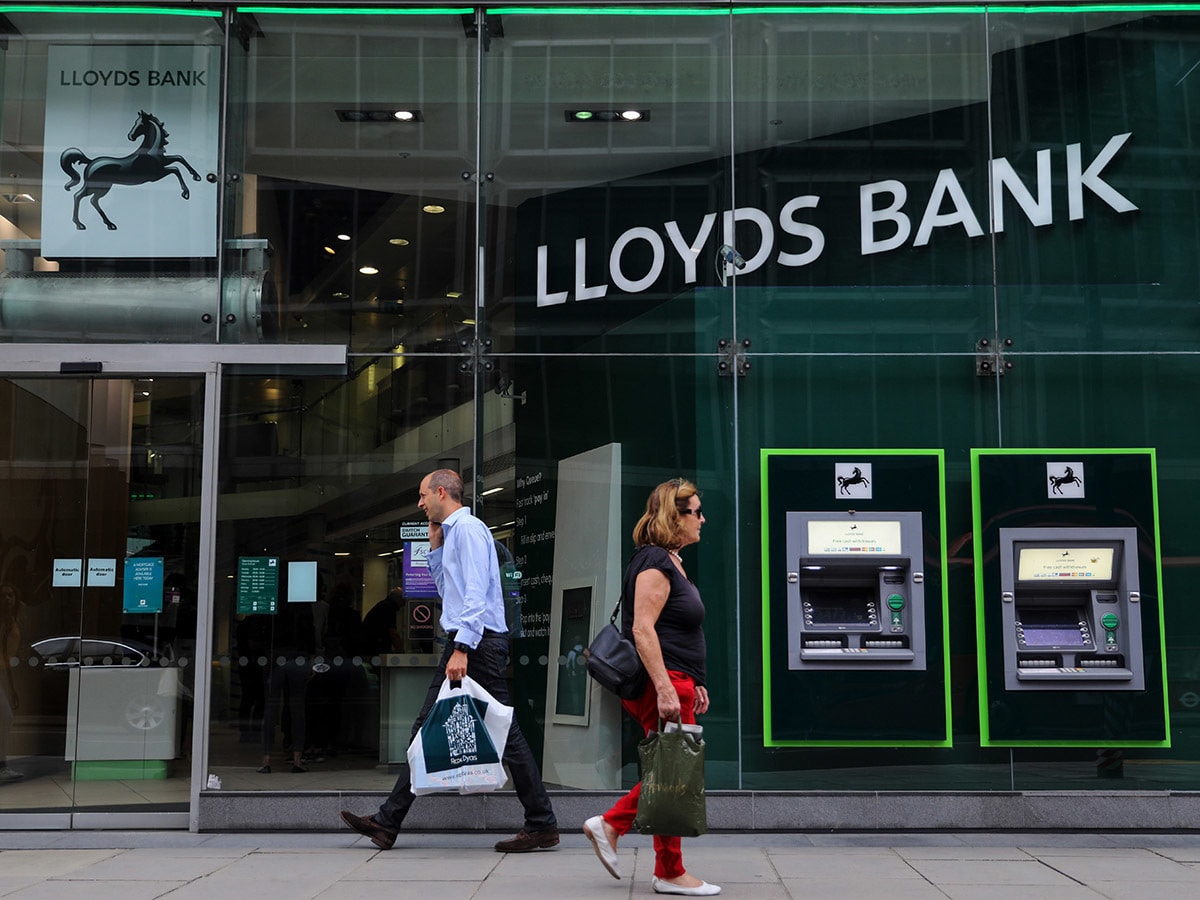Lloyds Banking Group's [LLOY] share price performance has been considerably weighed down by fears that the global economy is heading towards its deepest recession on record.
Lloyds’ share price is down 50.38% year-to-date (through 24 June’s close), underperforming not only the FTSE 100’s 19.5% fall but also the FTSE 350 Banks Index’s 40.6% drop in the same period of time.
Cyclical stocks are volatile in nature, as they tend to respond to macro-economic trends, leaving the fate of Lloyds’ share price tied to that of the UK economy.
Can the lender manage to shake off a drop in borrowing, or do analysts expect things to get worse for the bank?
Short-term pain but long-term gain for Lloyds’ share price?
As of 24 June’s close, Lloyds’ share price trades 57.1% below its 52-week high of 73.66p set back in December 2019. It’s sitting at 23.1% above its 52-week low of 25.67p, to which it dropped on 24 April.
Lloyds’ share price has, arguably, been depressed since the end of 2008 and has not closed above 100p in more than eleven years. Its all-time high of 688p was reached back in April 1999.
While Lloyds’ share price may never go back to these glory days, its performance in recent weeks will have surely piqued the interest of investors.
Lloyds’ share price has risen 11.81% so far in the second quarter, and is up 5.09% since this time last month (through 24 June’s close).
The bank’s first-quarter earnings results revealed that profits for the three months to 31 March sank 95% year-on-year, having collapsed from £1.6bn to just £74m. When reporting its full-year account for 2019, the bank announced that profits had fallen 26% to £4.4bn from £5.9bn the previous year.
£74million
Lloyds' Q1 profts - a 95% YoY decline
The average profit margin for the last four reported quarters is circa 8.99%, according to YCharts data. In comparison, the average for the previous four quarters is around 14.78%. Although cyclical stocks are at the mercy of macro-economic trends, if the profit margin were to continue to narrow it could become a cause for concern for Lloyds’ share price.
That said, with Lloyds’ share price currently fairly low, investors could acquire shares at a discount. In the short-term, investors and traders may see the stock drop further, but in the longer-term future, it could deliver higher returns. Looking ahead, the market can take heart from how the bank has bounced back from previous downturns.
“There’s no guarantee the same pattern will emerge this time around. However, with Lloyds shares down since the beginning of the year, the stock appears to offer a wide margin of safety,” writes Motley Fool contributor Rupert Hargreaves. “The stock could potentially offer substantial capital gains as a steady income stream from current levels.”
Richard Hunter, head of markets at Interactive Investor, agrees. “Despite there being no income for investors in the immediate future, the bank is on an undemanding valuation and its likely ability to weather a crisis such as this provides some longer-term comfort,” Hunter told Proactive Investors.
“Despite there being no income for investors in the immediate future, the bank is on an undemanding valuation and its likely ability to weather a crisis such as this provides some longer-term comfort” - Richard Hunter, head of markets at Interactive Investor
Online services could be a major tailwind for Lloyds’ share price
Due to the volatile nature of the coronavirus pandemic, Lloyds expects short-term borrowing to hit revenue for the second quarter. This will mainly be as a result of the temporary suspension of fees — payment holidays — on credit cards, mortgages and both personal and business loans.
Hunter noted that despite possible lower customer activity for Q2, Lloyds’ growing online digital banking presence could be a boon for the company. Use of these services will have been boosted by the pandemic, as more people have been forced to bank and shop online as a result of the lockdown.
Hargreaves agreed in his article that Lloyds’ share price could see some short-term pain. “Nevertheless, the lender is much stronger financially than it was in the last economic downturn. It’s unlikely Lloyds will need another state bailout this time around. Therefore, the company seems well-positioned to weather the storm and emerge on the other side in one piece,” he added.
Although it’s impossible to accurately predict when the expected recession will end, it seems that the bank should hold steady when it does; even if Lloyds’ share price drops, it may well come out the other side of an economic crisis intact.
“As such, now would be a great time to take advantage of the market’s short-term way of thinning and buy Lloyds shares at a deep discount” - Rupert Hargreaves
“As such, now would be a great time to take advantage of the market’s short-term way of thinning and buy Lloyds shares at a deep discount,” concluded Hargreaves. He added that lenders may see lower demand for borrowing, but there are signs of positivity when looking to Lloyds’ share price’s longer-term prospects.
The sentiment among analysts and experts is that Lloyds’ share price will recover from a possible succession, just as it did a decade or so ago. According to MarketBeat, as of 24 June, there are 15 Wall Street analyst ratings available for Lloyds. Nine of them are a buy, five are a hold and one is a sell. The consensus price target is 48.14p.
Continue reading for FREE
- Includes free newsletter updates, unsubscribe anytime. Privacy policy





